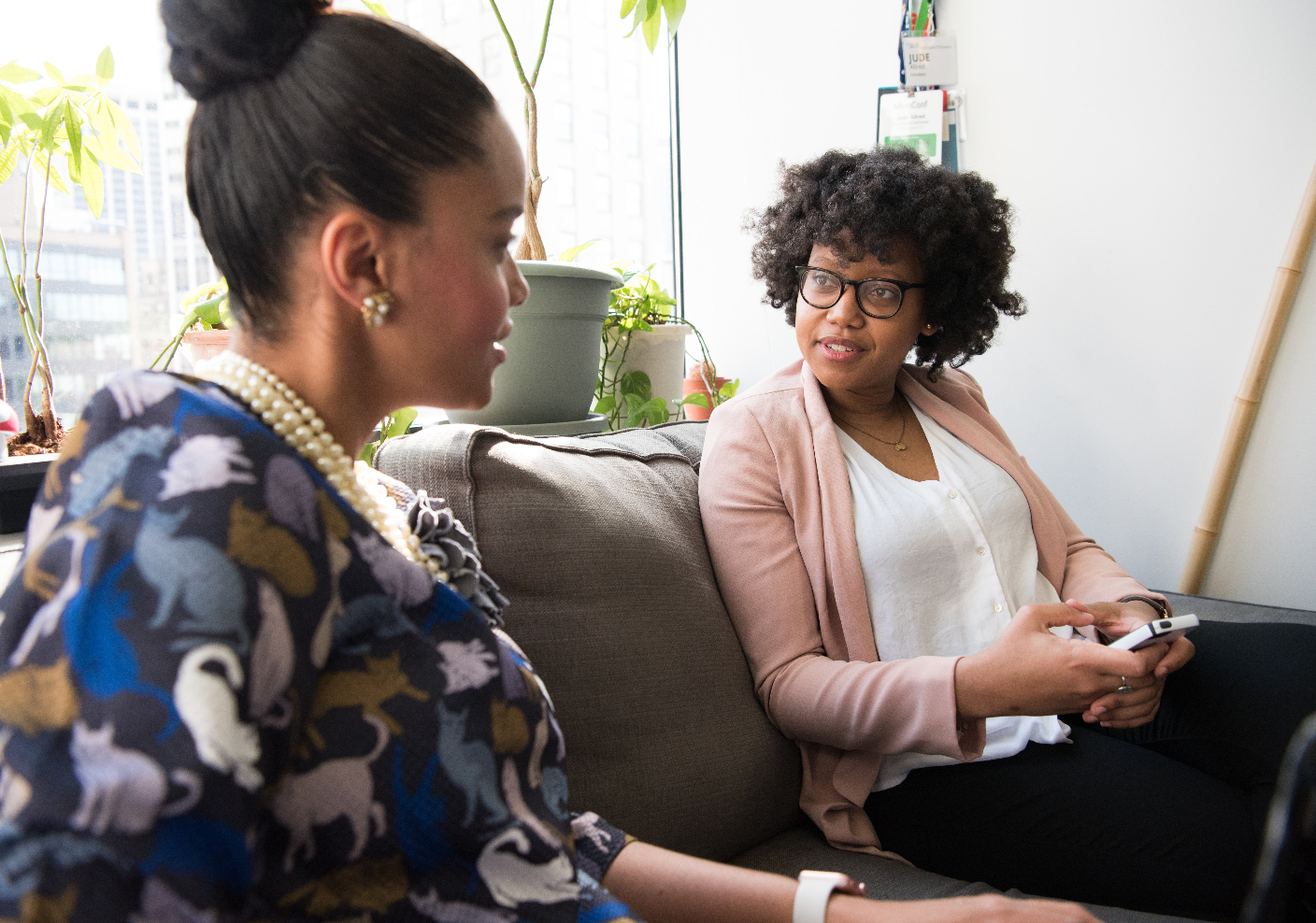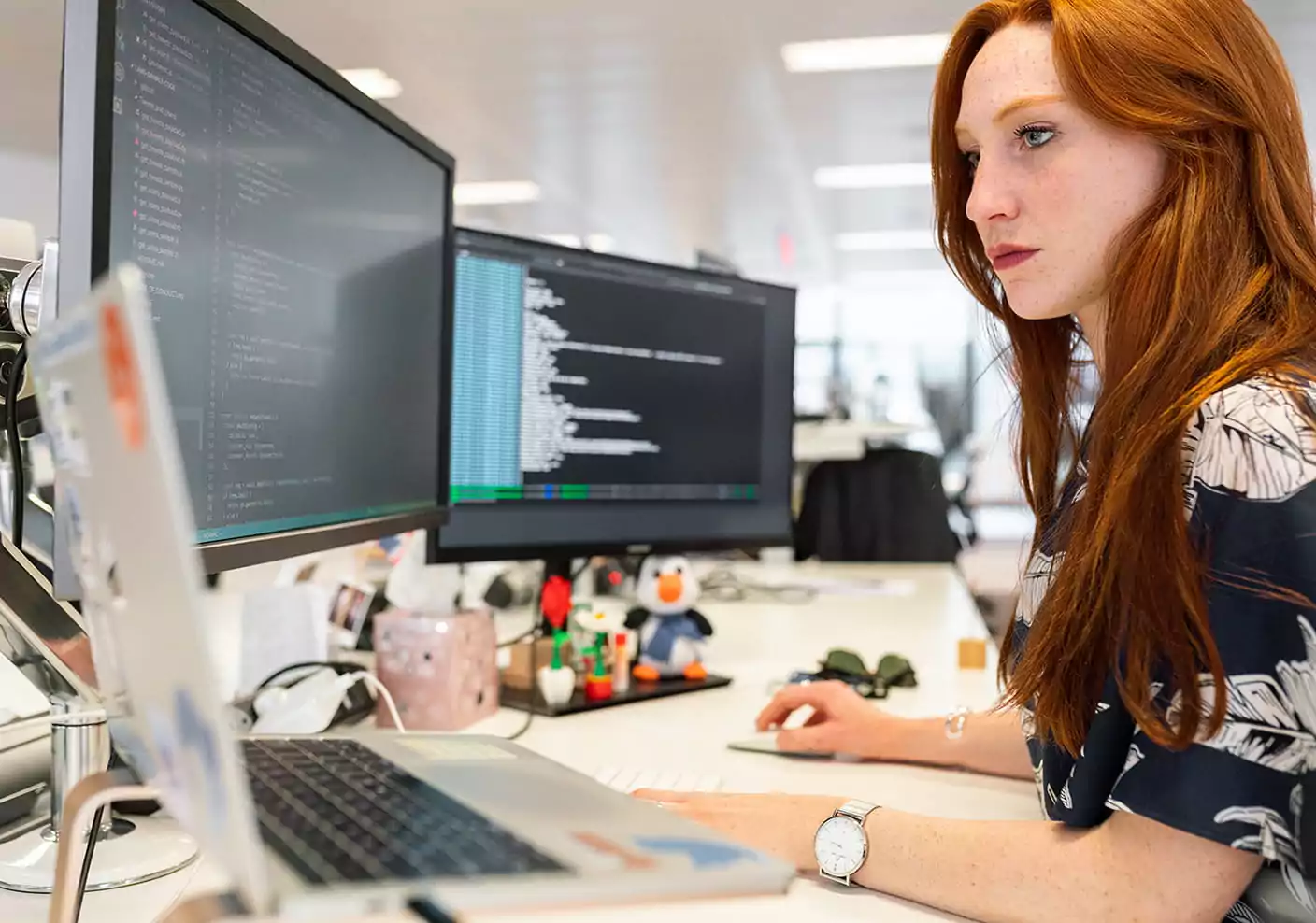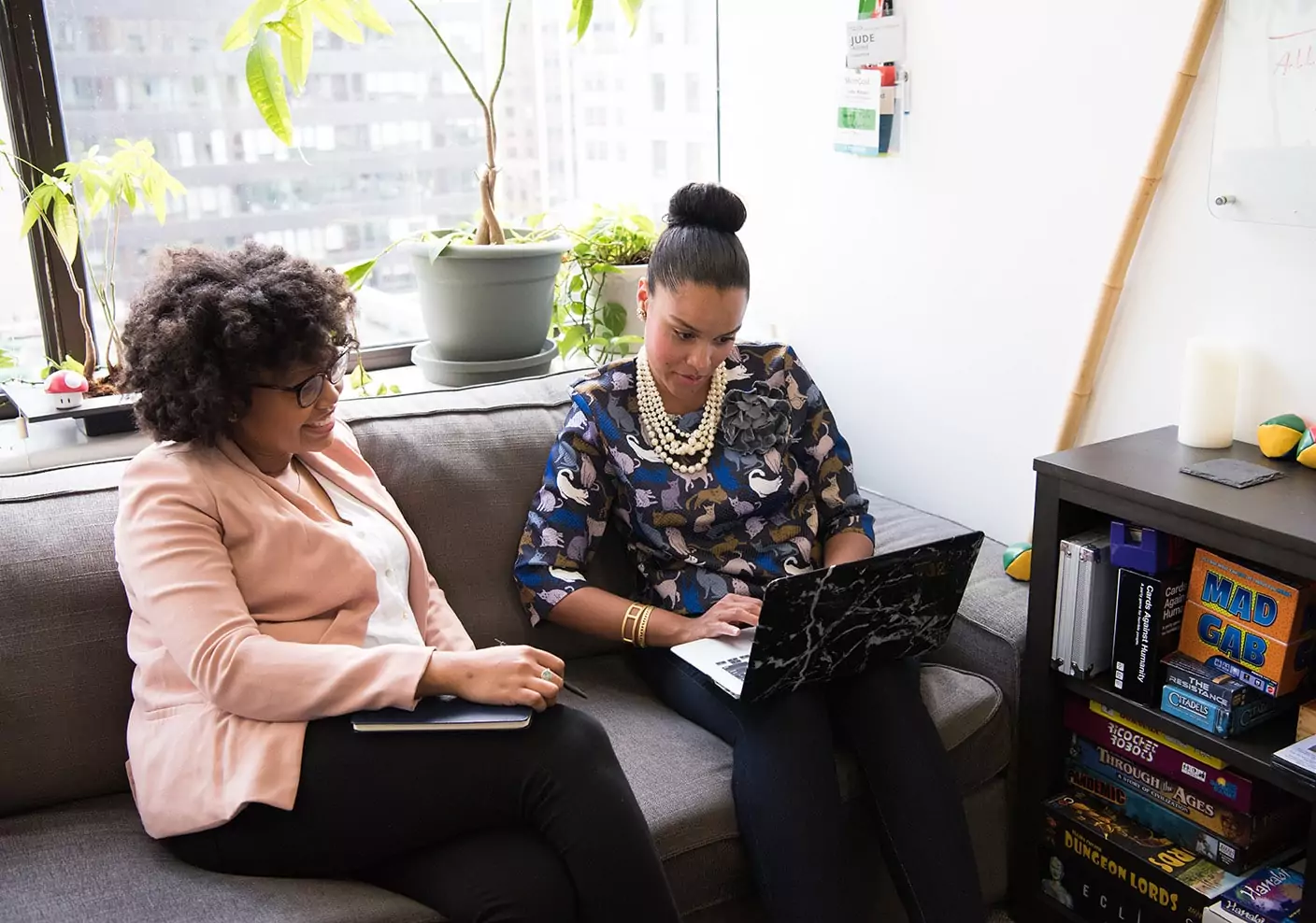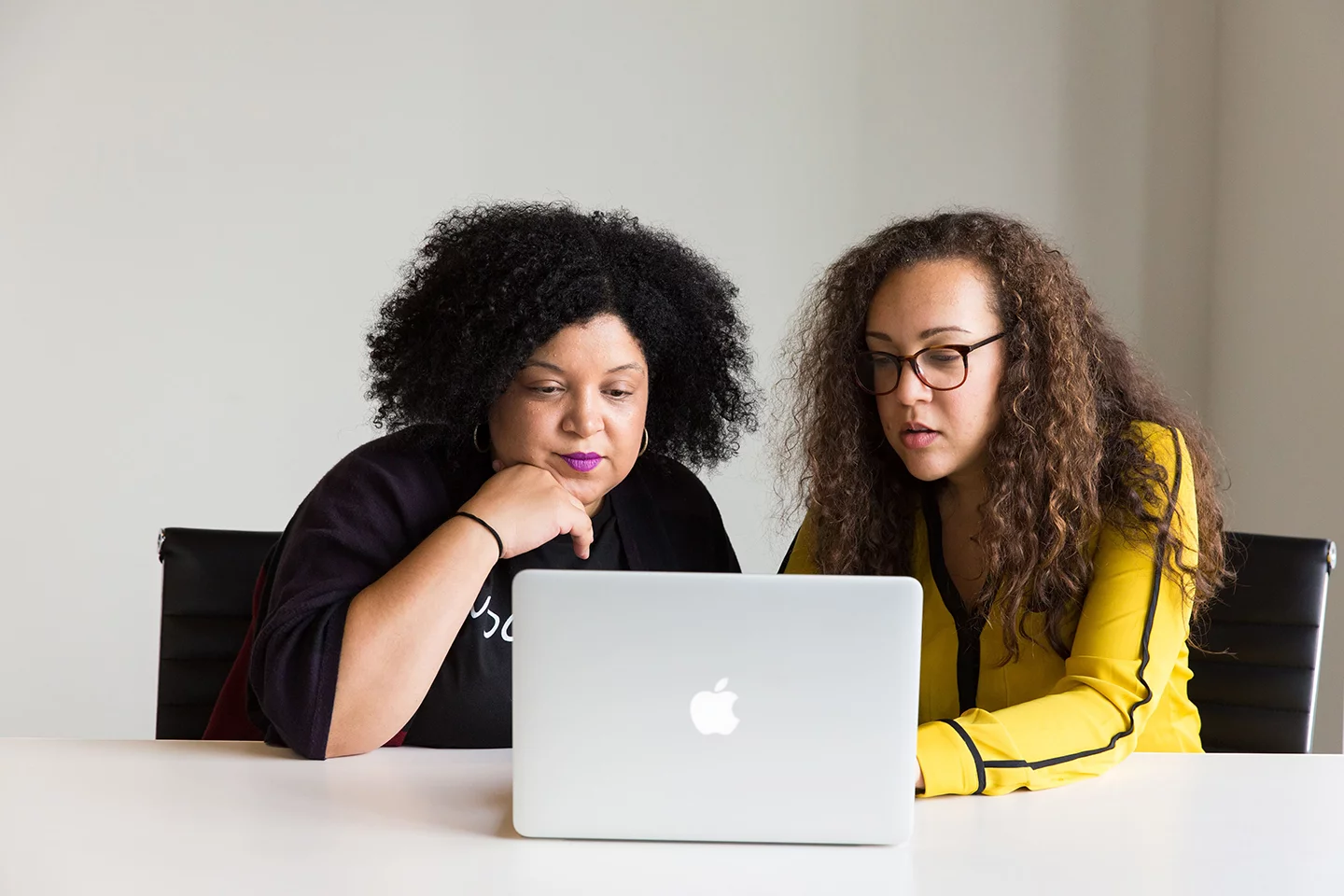What have you done on a dare that you never would have thought possible? What if you harnessed that energy and courage into transforming your life? Do you or your team have more that you want to do, be, say, or create, but aren’t sure how to get there, or perhaps don’t dare to believe that it’s possible?
Our Future of Work Roundtable series recently continued with Dr. Jo Cresswell, who, as the Human BEING coach, developed the DARING Mindset program to help individuals unlock potential and create the success they deserve. The DARING mindset works with you, and where you are right now, in the knowledge that it can require just as much courage to dare to consider the possibility that we could create a better life for ourselves as it does to dream of changing the world.
What follows is an excerpt from Dr. Cresswell’s presentation.
Join us for our upcoming Future of Work sessions by signing up here. And, to experience Mursion’s virtual reality simulations and see for yourself how this platform can support your own business to learn how VR can play a role in honing the interpersonal skills needed to foster a culture of coaching, schedule a demo today.
“What is the DARING Mindset? I created this model to partly explain the process but also to explain states of being. It’s all around thinking about why we do or we don’t set goals and why we do or don’t achieve them. Daring is very personal to each individual person. There isn’t one definition of daring that I use. It can be an act of great physical courage, jumping out of a plane or something.
To other individuals, it may be as simple as leaving the house for the first time after COVID lockdown. One of the things I’m really interested in is what does daring mean to you? It can mean anything. If you think about you’re in your comfort zone and you come up with an idea or a dream or a vision or something like that and you’re really motivated about it, you’re pretty excited.
What happens within us is that actually triggers a series of subconscious reactions and behavior and it’s to do with our reptilian brain, our evolution as human beings. What happens is, as humans, we fear change because change equals the unknown and we are wired to treat the unknown as dangerous. Our subconscious sees us thinking about making this change, so it kicks in with the safety mechanism, which then leads to what I’ve characterized as the doubting mindset. The challenge is that most of this occurs below the level of our consciousness so it’s very hard to catch. You’ll find that it distracts.
If there’s a challenge of this new identity with your beliefs, you might self-sabotage. Ultimately what often happens in a lot of cases is we shrink back into our comfort zone and forget we ever had the idea, which is difficult because that leaves a massive untapped potential and also creates beliefs that we can’t set goals and we can’t achieve them and we can’t dream. To get us past that stage, to get us from that doubting place into the growth zone, I came up with a model of the DARING Mindset.
Pushing Past Doubt to Dream Big
It’s first and foremost that awareness and then the courage to actually phase those doubts but start to reimagine our lives, to start to really step into that vision of the future. Start to come up with innovative ideas, which then starts to make it feel familiar to our subconscious and therefore that’s dangerous. If we can do that, that then enables us to springboard into that growth zone, which then is that lasting change, is next-level success and further possibility. Again, the DARING Mindset is both a process and a state of mind.
It’s first and foremost that awareness and then the courage to actually phase those doubts but start to reimagine our lives, to start to really step into that vision of the future.
We get that motivation and energy and joy of thinking of a new future, which then allows us to implement those innovations. The more we do that, the more we inspire ourselves to take more actions and more and we inspire others as well with what we’re doing.
All of this, because of what’s going on in our subconscious, is a challenging process. It’s really important to take time to just step back and nurture and nourish ourselves because otherwise, we can find ourselves burning out if we’re fighting against what’s going on for us inside. The final stage really is that superpower of gratitude. Being grateful for what we have now, being grateful for the changes we’re making, and being grateful for the growth that’s going on.
Achieving the DARING Mindset
The DARING Mindset was originally created on a personal level and came from my experience and that of my clients. It can also work on an organizational level, as well. As I’m talking through some of these processes, also think about how that could apply in the work scenario.
The next stage for me was to think, how can we get from that doubt in place into the DARING Mindset? What’s the mechanism? I came up with this guided coaching-mentoring mindset program which combines that deep deep mindset work with that really aspirational goal setting.
If we start at the top, the first thing is rather than trying to expend lots of energy to avoid our fears, we turn them and face them and we get friendly with them because ultimately, it is our subconscious trying to keep us safe. In doing that, we can actually become more familiar with our feelings. What that enables us to do is either take action if it’s something we need to address or actually just let those fears go if they’re not relevant for what’s going on for us at the moment. What that does is frees up our brain space, it takes us out of that threat space so we can really connect with those goals and those dreams.
Rather than trying to expend lots of energy to avoid our fears, we turn them and face them and we get friendly with them.
Basically what we pay attention to, we create. If we’re focused on our fears, we create fear. If we’re focused on our goals, we will create our goals. Ultimately what that also does when we’re getting really connected with those goals is we make them more important than our fears. If we can tip the balance of the scales in that direction, that is incredibly powerful and enables us then to take action. If we’re doing it properly, we will most likely throw up other fears and blocks and some of the things we’re carrying around with us. That’s when we come into the stages of forgiveness.
That can be forgiving ourselves for things we have done or things we haven’t done, and also forgiving and letting go of others because we are carrying this stuff around with us. Actually, it’s not serving us, it’s not taking us to where we want to be. In this step, it’s really about just setting that down and leaving that behind so we can then step forward with our light alone, with more positivity, which then creates the openness to have that fun and fulfillment. The reason I actually prioritize this is because if we just do the mindset work, it can be heavy. To avoid this being a journey of pain, what we want is to make sure we are connecting with the reasons we’re doing the work.
Bringing Fun and Fulfillment Into Our Work and Our Lives
It can either be bringing fun and fulfillment into our ultimate goal, our vision, or it can be taking time out, just doing a hobby or connecting with family. This is equally important if we’re doing this with teams and organizations is to build fun into the work or just to have an away day or something like that. What that enables us to do, we’re now in a state of positivity and excitement, which then puts us in a better frame of mind to be thinking about experimenting, taking risks, innovating because we’re then less scared of failure. A fear of failure can lead to a fear of doing anything at all, which then means we stagnate.
We’re now in a state of positivity and excitement, which then puts us in a better frame of mind to be thinking about experimenting, taking risks, innovating because we’re then less scared of failure.
That’s the outline of the DARING Mindset. Now, how does it relate to the future of work given the nature of the Roundtable series? As we all know, in the last 18 months, the changes in technology, culture, and workplace have been astounding. If you think actually it’s only 14 years since the iPhone was invented and you go back and think well over the last 50 years, all of the changes that have happened in the workplace and to actually really adapt to those takes that level of daring. The other thing is if you think of people who are graduating college this year in 2021, their careers will most likely run into the 2060s and possibly the 2070s.
We cannot possibly imagine what life will be like, what the workplace will be like in that time. To be able to support those people for careers into the mid-late 21st century, a lot of it is about that DARING Mindset.
Related to that, there’s a lot of talk now about returning to the office. Countries are returning to or moving into the next stage of the pandemic at different places. There is a danger that organizations will rush to go back into their comfort zone to go back to old normal. Given the enormity of what’s happened, what people have lost, jobs, lives, so much people have lost, I think we need to honor that. Actually, let’s take this opportunity to create a better world, a better normal to what I call normal 2.0. Very much in the mission of the Mursion philosophy is everything always comes down to human beings.
The Future of Work Is Now
We talk about organizations like they are an entity, but actually, everything within that organization comes down to the human beings. If we can create those DARING Mindsets, that will help us to become more adaptive and more productive in organizations. Again, that all sounds great. Why do we need to change? What is happening at the moment? As I mentioned earlier, there is a huge untapped potential within our workforce in many organizations, particularly in more traditional, more hierarchical structures if people aren’t necessarily able to innovate, to come up with ideas, to go outside their boundaries of their roles, or their positions.
Another issue is that we have a tendency to fix the wrong problems sometimes. I’ve been in many training or development places where maybe we’re trying to fix the team when perhaps it’s the leader that’s the issue or part of the problem, or we are coming up with another process to fix something that perhaps we shouldn’t actually be doing. We should just change what we’re doing, not come up with a new process. I’ve worked in public sector and corporate sector organizations and have come across a resistance to change. At this time when we are really, really needing to change how we think and do things, there is still some of that resistance to change, which is where we need to be daring.
At this time when we are really, really needing to change how we think and do things, there is still some of that resistance to change, which is where we need to be daring.
I’m going to repeat, as the human being coach, everything always comes down to human beings always. Part of that is actually cultures where we have silo working. We have, ‘This is my department and this is my department.’ We’re quite defensive and protective and in perhaps in competition, which is not really helping anybody, particularly at the moment. What does the DARING workplace look like? It’s a place of innovation and managed risk. Some organizations do this really well. Places like Google, Apple, and Amazon, they allow for employees to come up with ideas and actually to take them forwards within a managed risk environment.
There’s a shared vision and culture. Because people are on the same page, we’re sharing that innovative mindset, that daring, there’s better communication, and people are more engaged and more onboard. Within the DARING Mindset because of the work that we do on some of those long-held beliefs, it creates a sense of confidence and conviction in ourselves. In leadership, that’s absolutely critical because certainly in my experience, some of the more challenging and bad leadership behaviors can come out when the leader themselves is not in a place of confidence.
A group I’m particularly interested in working with is those who are early in their leadership career. Let’s work with them to create a DARING Mindset, which then means we are creating a whole new generation of those confident and daring leaders, which then allows for rather than silo working, ecosystem working. It’s what I call ecosystem working, which is basically team members or members of different teams working together. They work across disciplines, they work with stakeholders as part of the team with customers and end-users which, again, just creates a far more effective and innovative system.
The idea is with all of this, a DARING workplace would be more equal, more inclusive, and more diverse, which is something we desperately want to create more of.”
Subscribe for the latest Mursion articles and updates.
By clicking the sign up button above, you consent to allow Mursion to store and process the personal information submitted above to provide you the content requested. View our Terms and Conditions.




